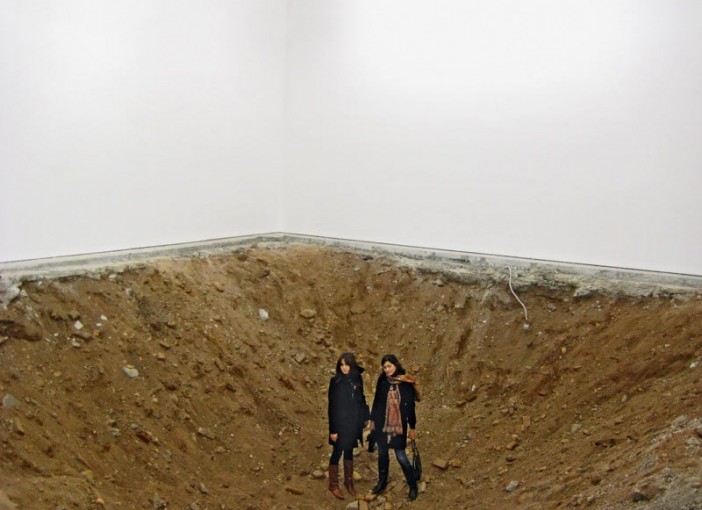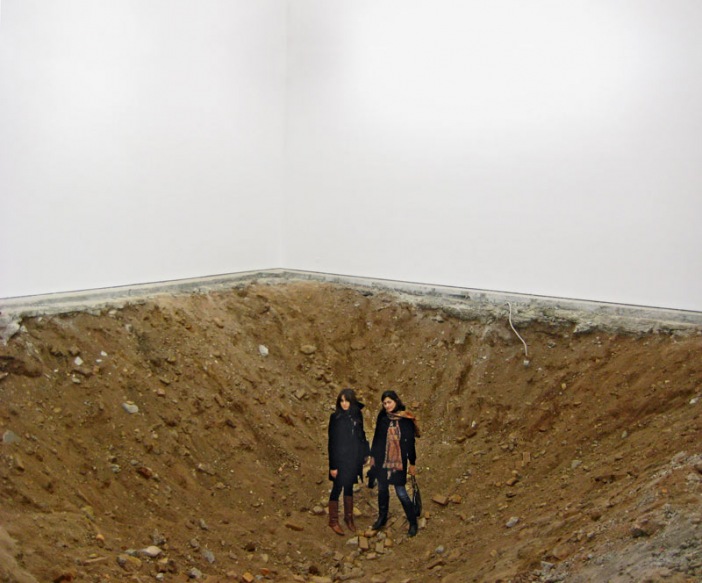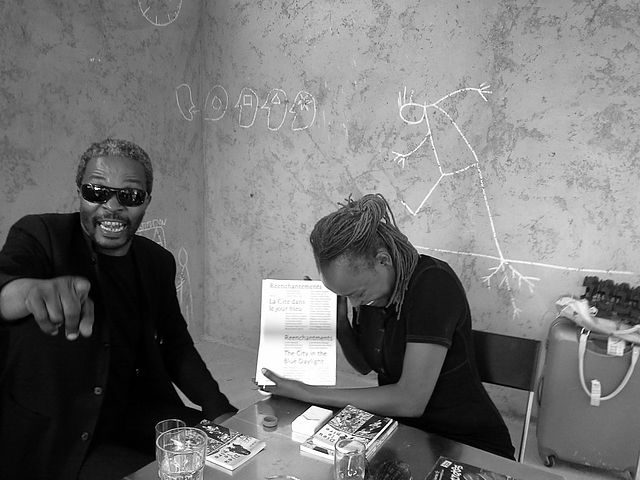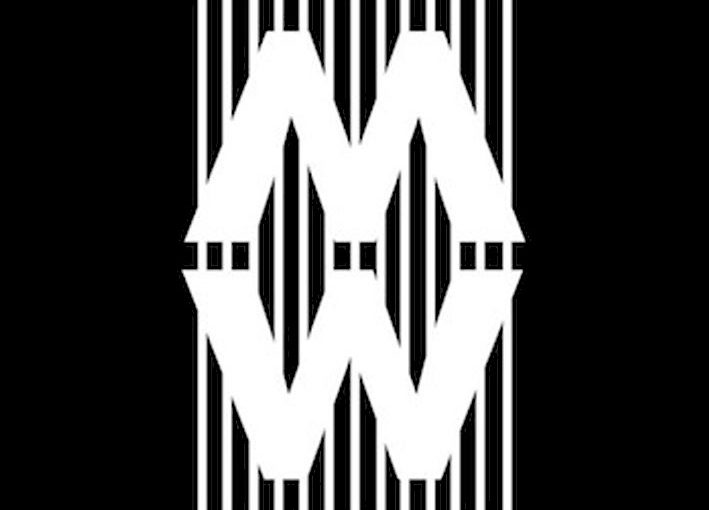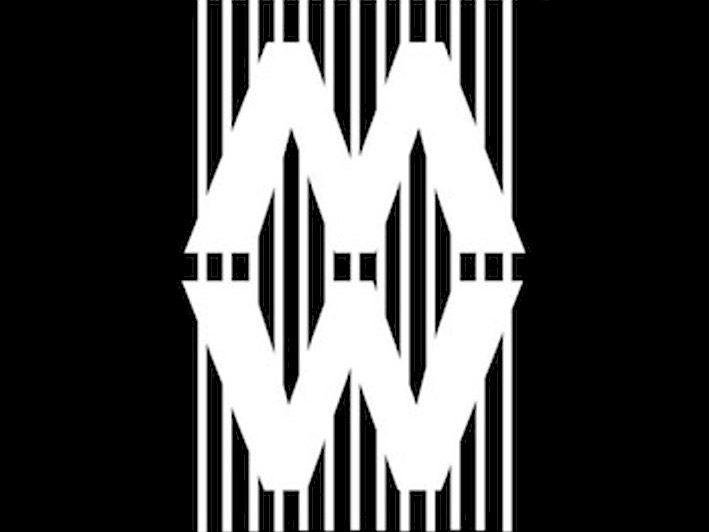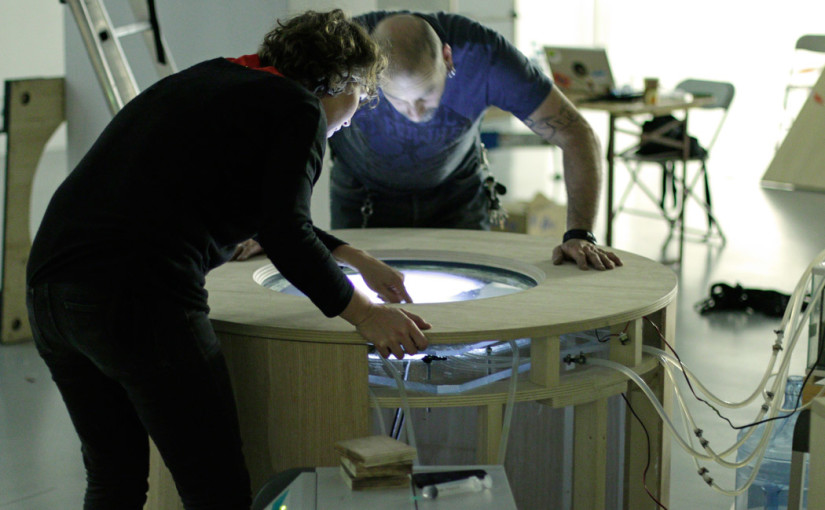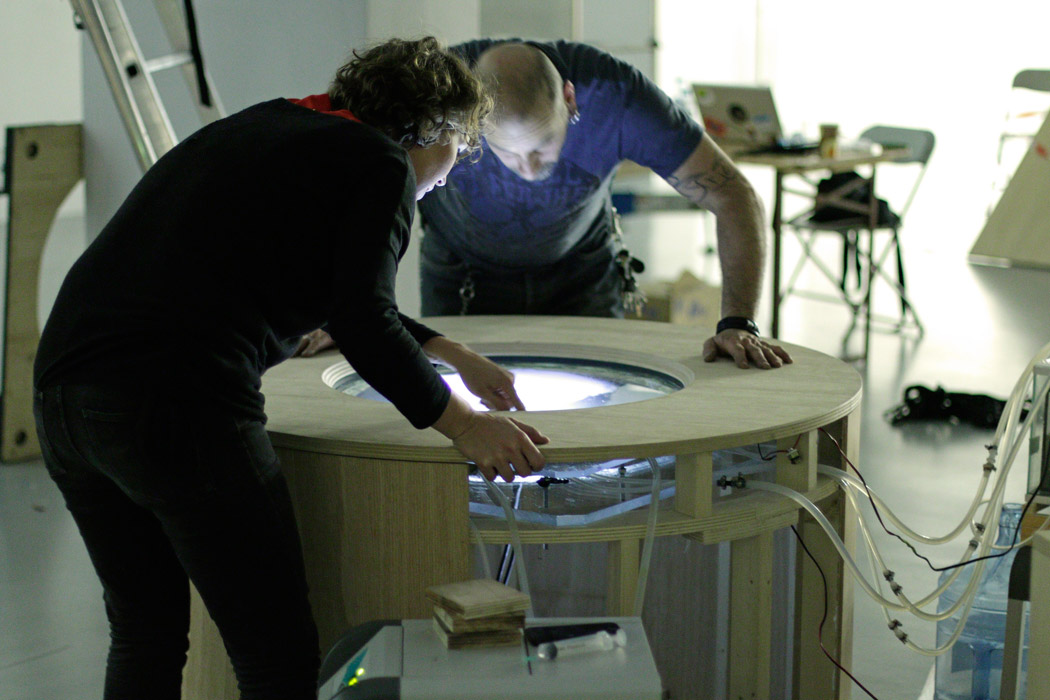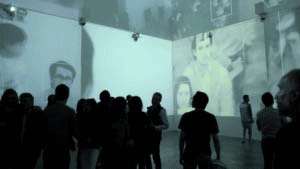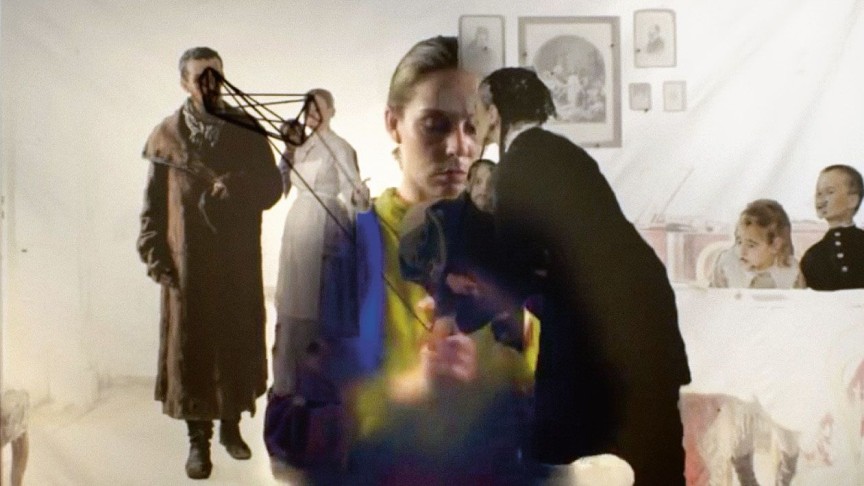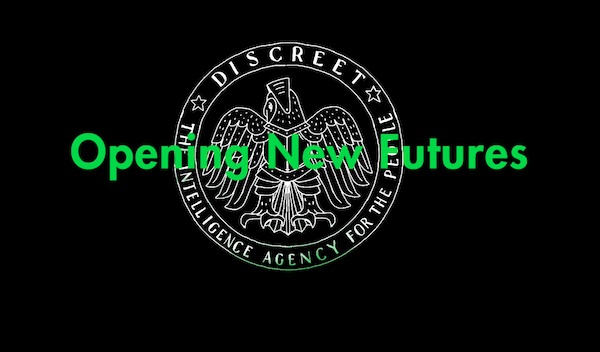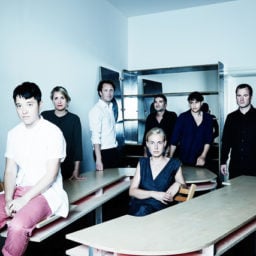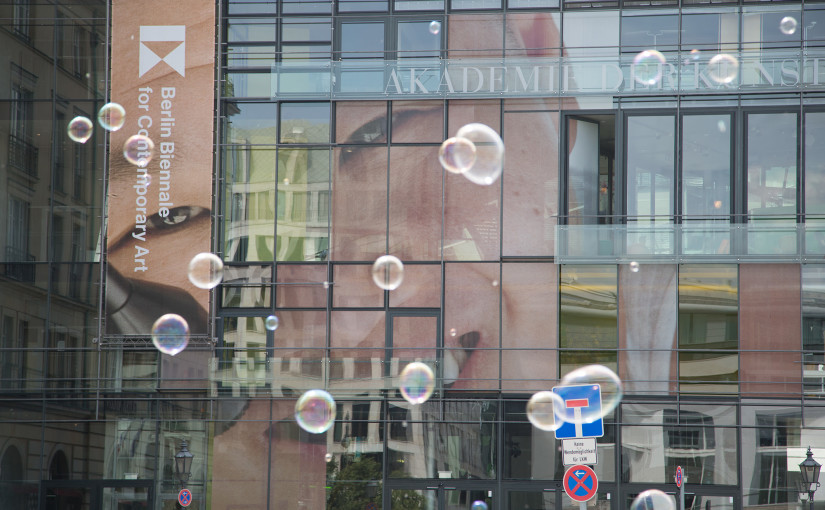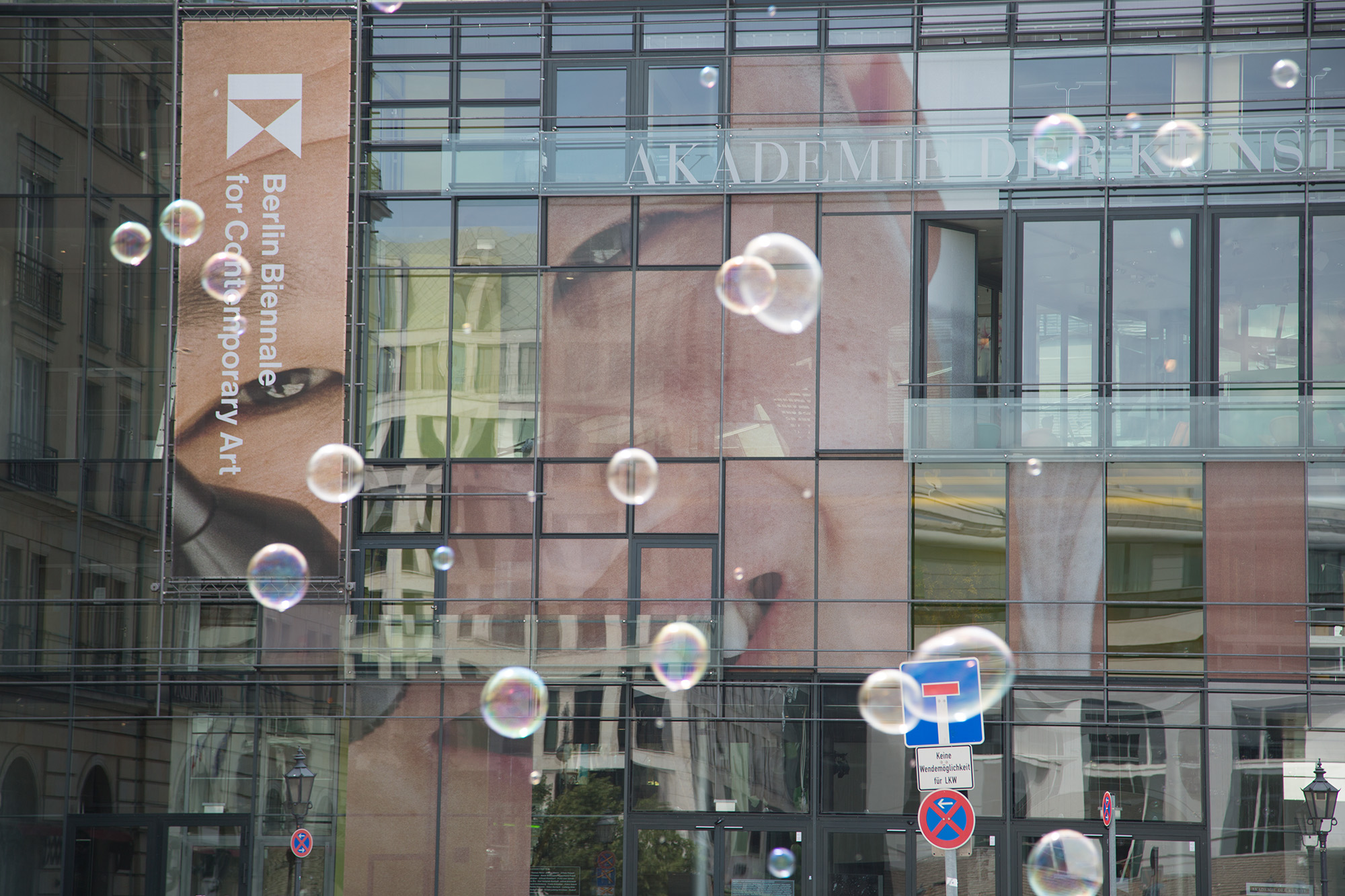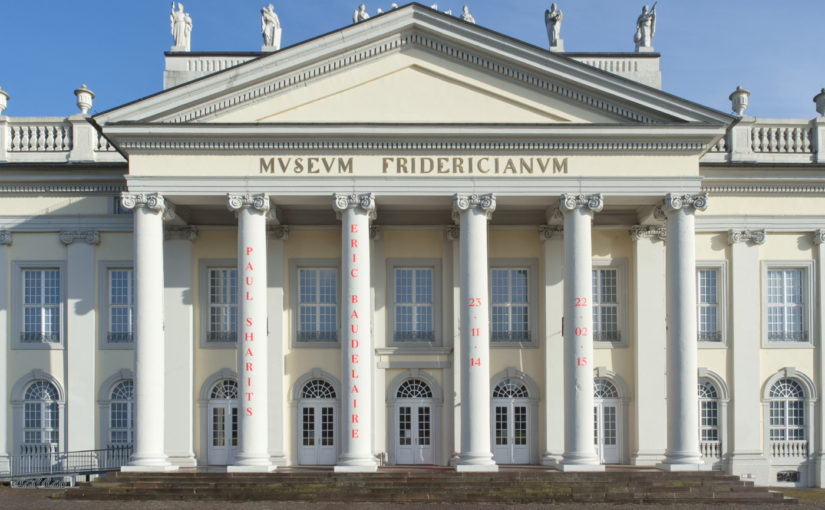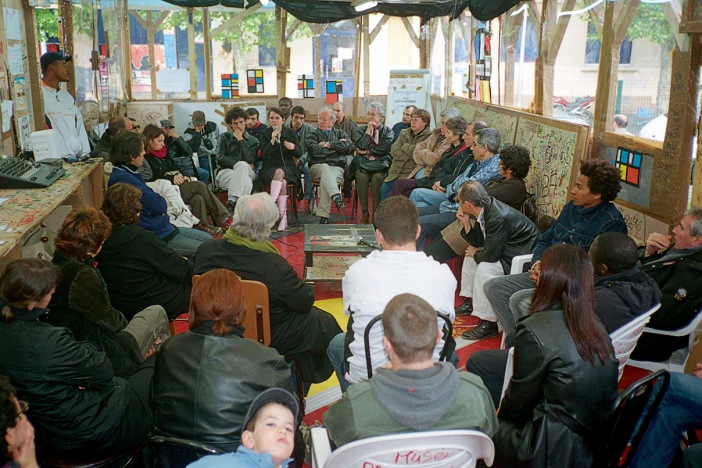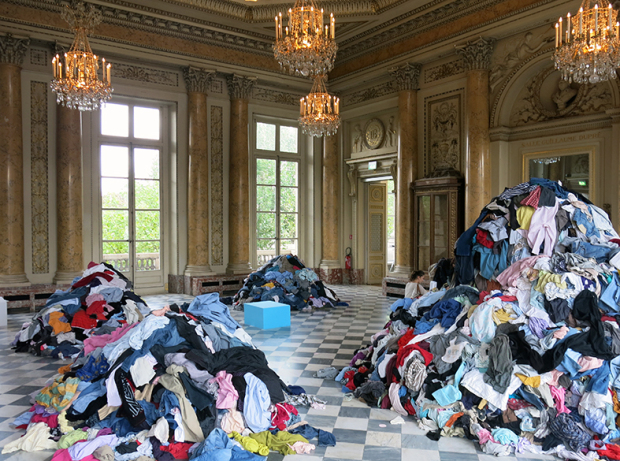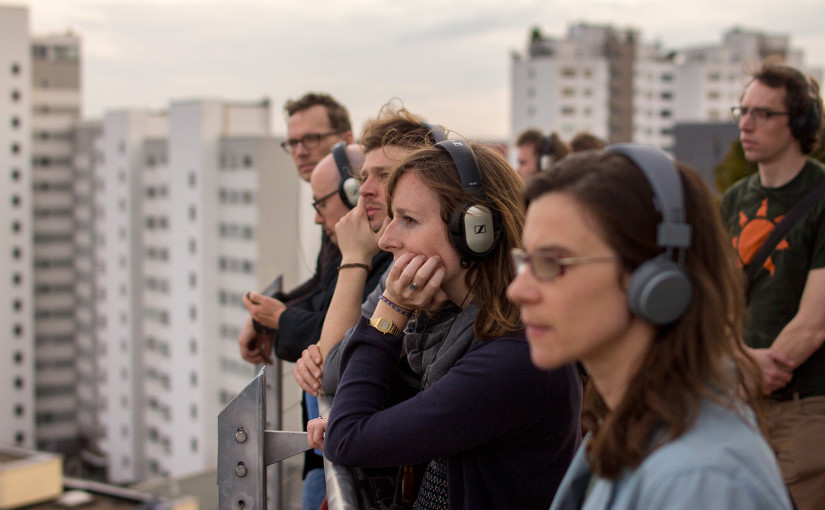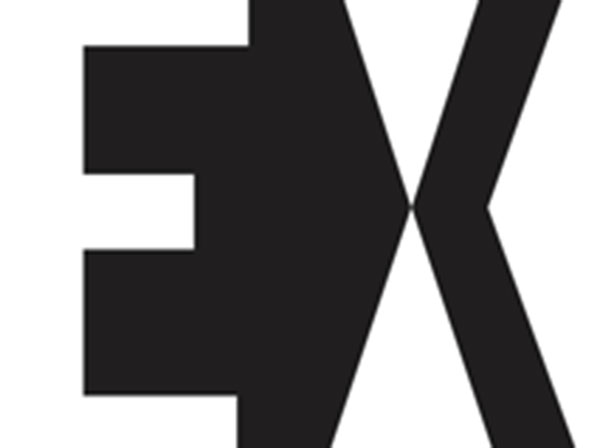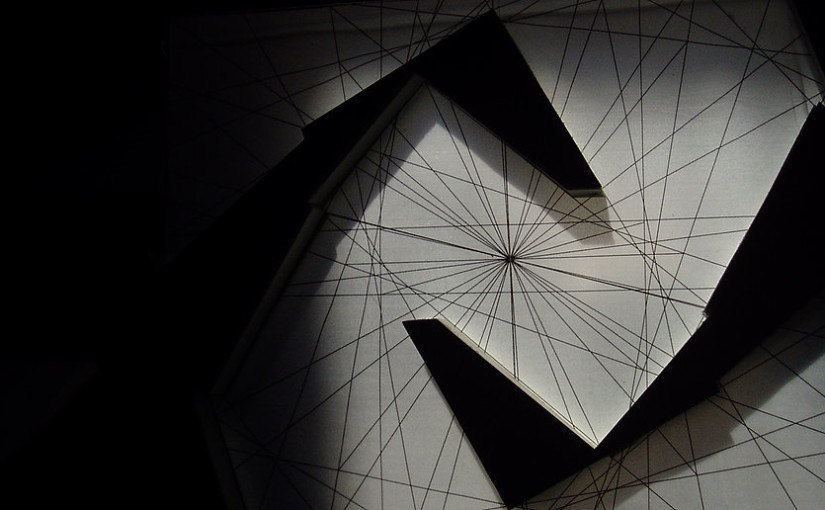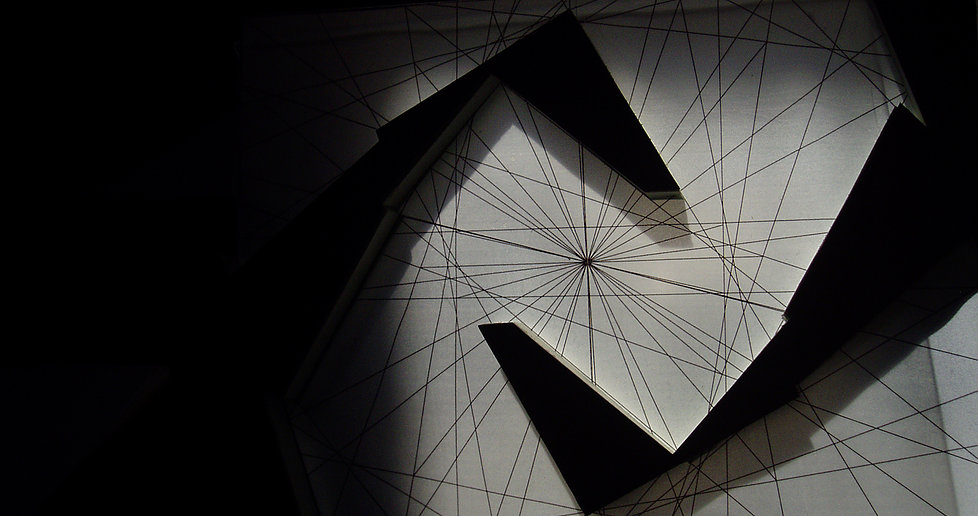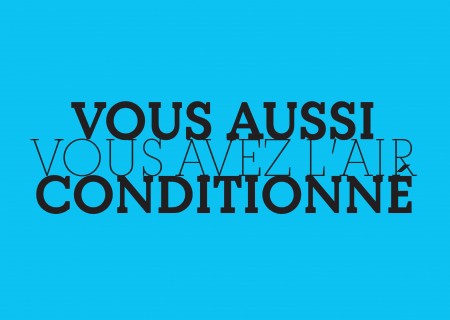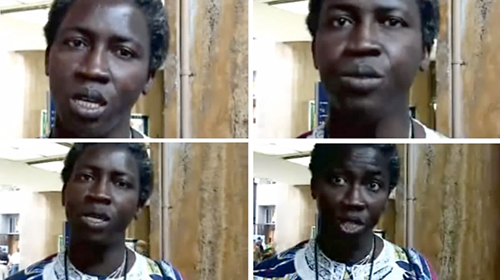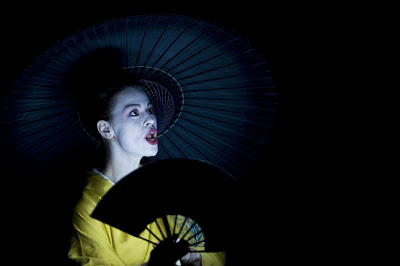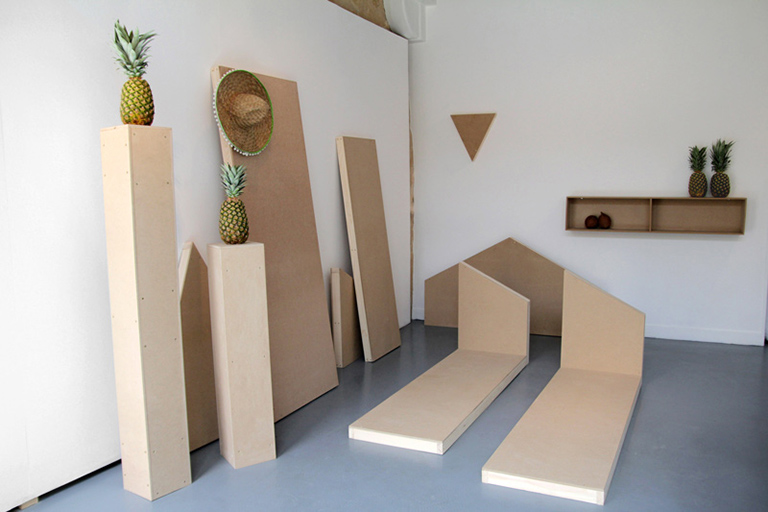
À partir d’une base de données (lexique, mots clés, écrits, propos recueillis) constituée depuis plusieurs mois, ce texte fait état de mes échanges (téléphoniques, skype, mails) et rencontres avec quatre artistes regroupés à l’occasion de cette invitation éditoriale proposée par thankyouforcoming. Le dialogue et la complicité avec leur travail nourrissent cette réflexion, prémisse d’une série de textes à venir sur une histoire des formes revisitée à partir de l’usage des nouvelles technologies. Empruntant le terme de « kit mains libres », équipement qui peut être utilisé sans l’usage des mains, cette analyse critique est portée par la notion de display 1 afin d’explorer des dispositifs scénographiques, tant originaux que partagés (configuration / aménagement / agencement d’objets et de matériaux).
Entre critique, fonction, décoration et design, ces problématiques liées à l’objet sont au cœur de nombreuses recherches, expositions ou écrits depuis quelques années. De l’usage à la contemplation de l’objet, de la mise en exposition de l’objet à sa représentation, une multitude de paradoxes furent relevés. Ces mises en espace semblent questionner, tant la circulation des objets que leur valeur scénographique et décorative (oeuvre-exposition / oeuvre-emballage / œuvre-test). Aussi, depuis ce printemps, le programme Displays / EnsadLab, coordonné par Thierry Fournier (artiste et curateur) en collaboration avec J. Emil Sennewald (critique et journaliste), a pour vocation de questionner et expérimenter le devenir des formes d’exposition dans ce contexte des cultures numériques. Dans le cadre de ces rencontres, artistes et chercheurs interrogent les espaces d’exposition et de son rapport à la diffusion des images des expositions… comment évolue la spécificité d’expérience des expositions ? Quelles formes s’inventent-elles dans un dialogue entre espace réel et réseau ? Comment lier espaces collectifs de l’exposition et pratiques individuelles du web ? Comment mettre en œuvre une critique et une émancipation vis-à-vis des logiques de l’économie de l’attention ?
À l’aune de la démocratisation du web, de l’apogée des réseaux sociaux et des applications, notre accès illimité à la connaissance et la vente en ligne façonnent, depuis quelques années, de nouvelles approches théoriques et esthétiques. Aussi, il est à noter que certaines pratiques historiques et émergentes sont regroupées autour du terme de bricologie, rassemblant les mots « bricolage » et « technologie », titre de l’exposition conçue à la Villa Arson – Nice (visible jusqu’au 31 août 2015).
Source : KIT MAINS LIBRES, par Marianne Derrien
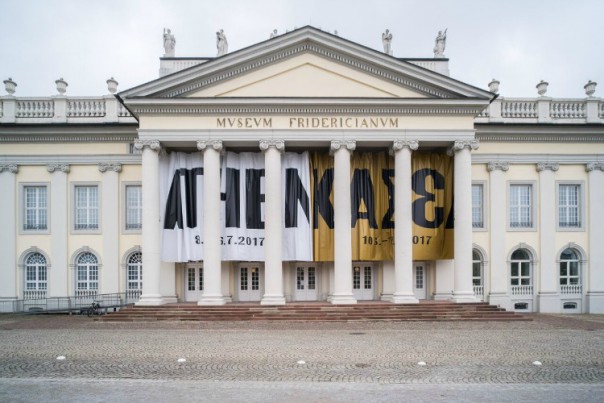

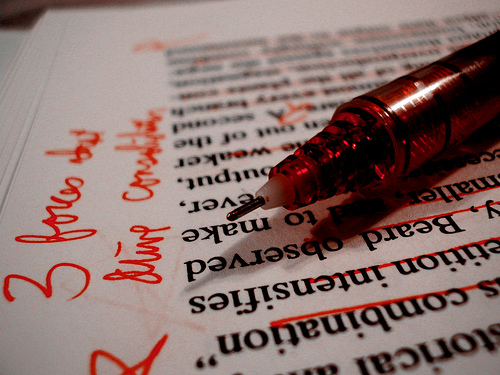
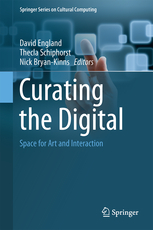
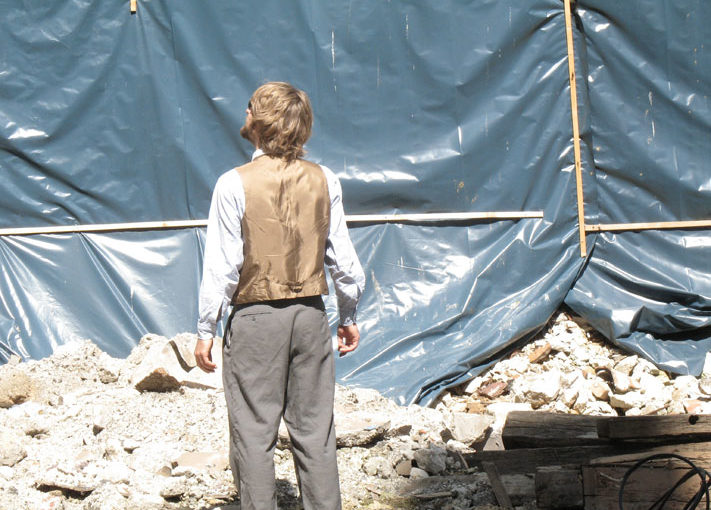
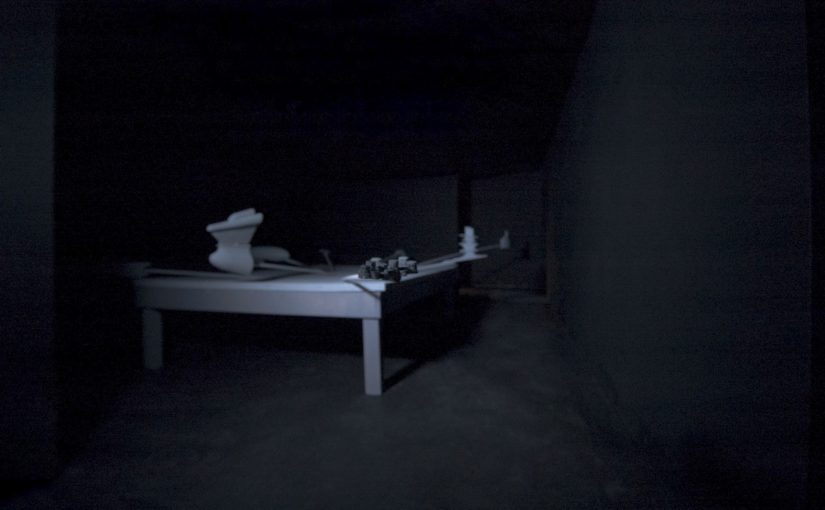
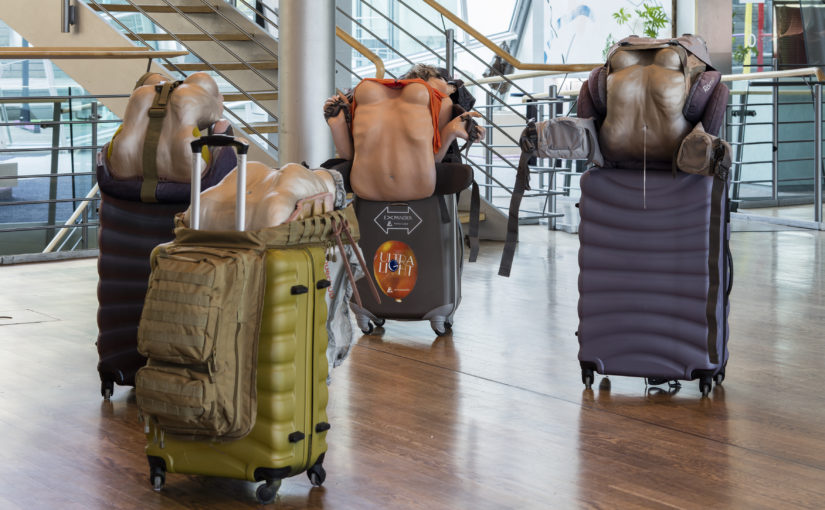
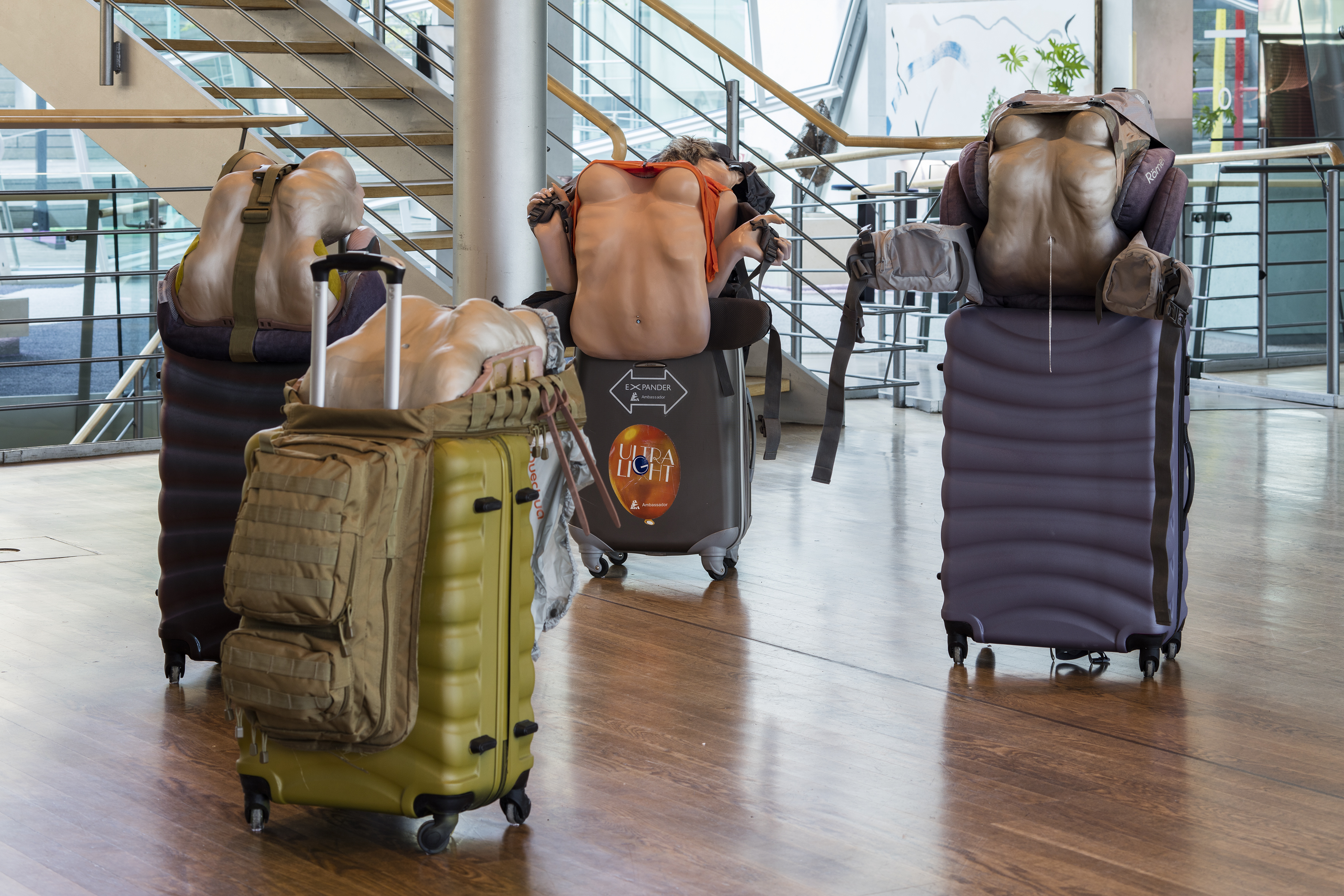
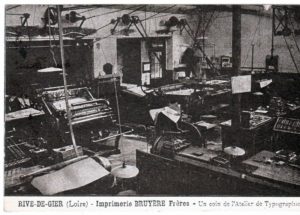
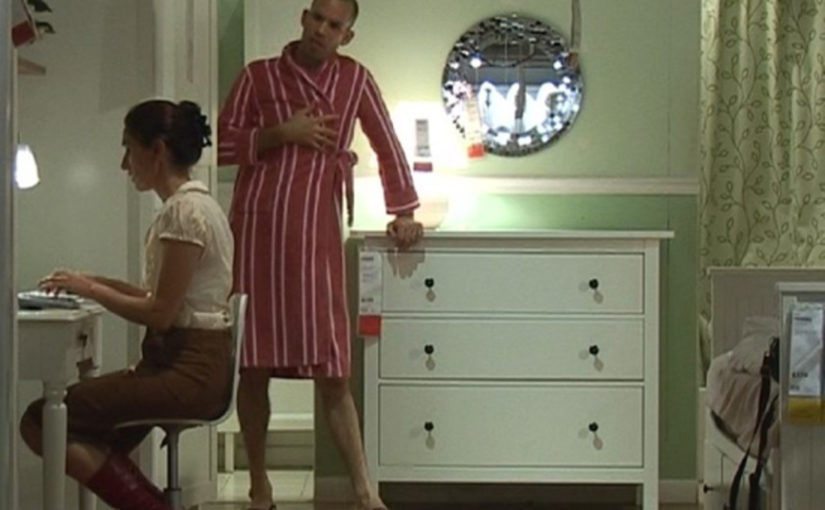
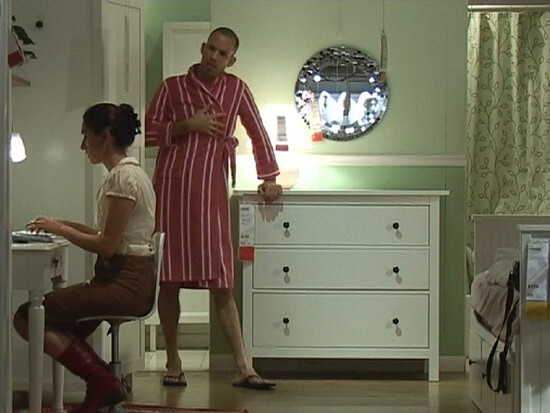
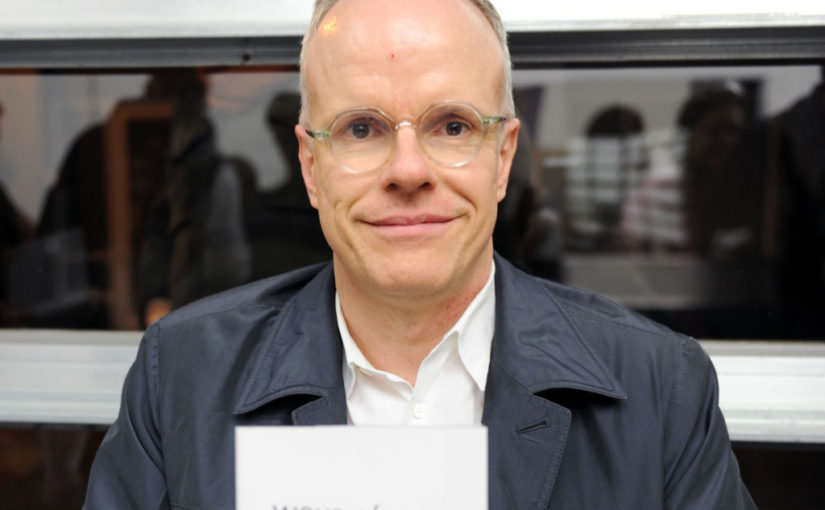
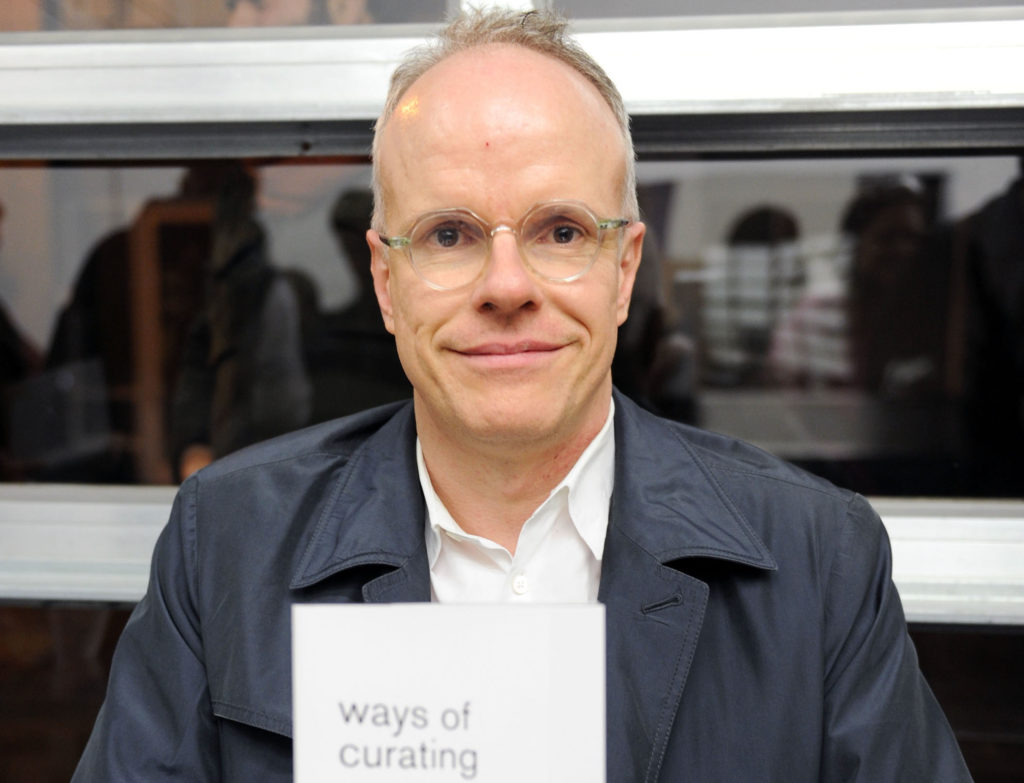
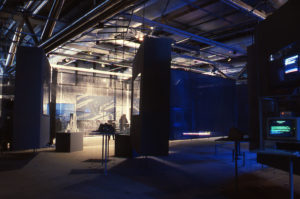
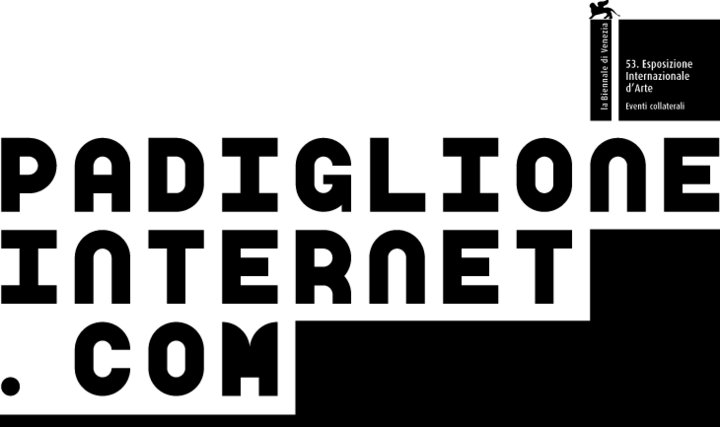

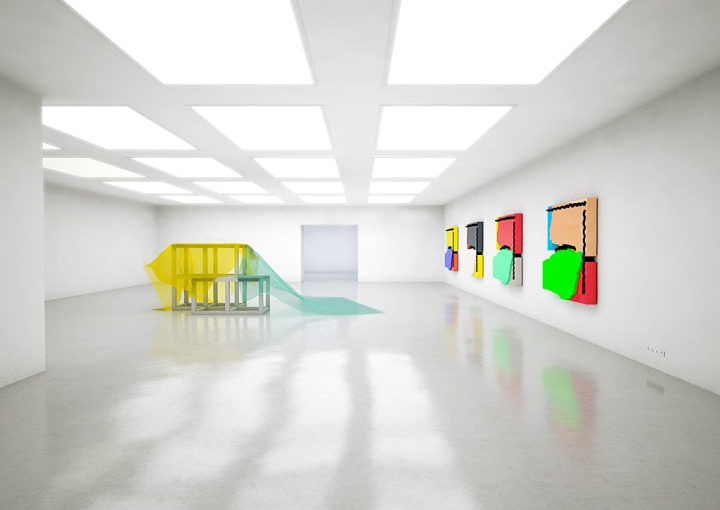

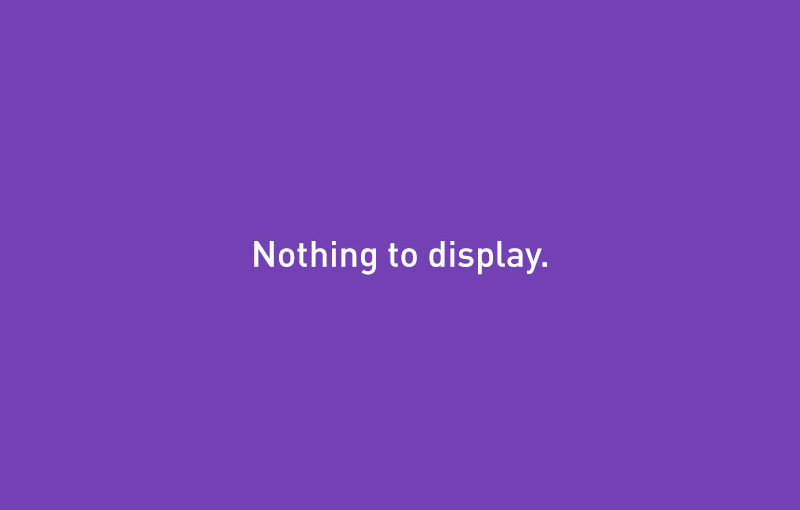
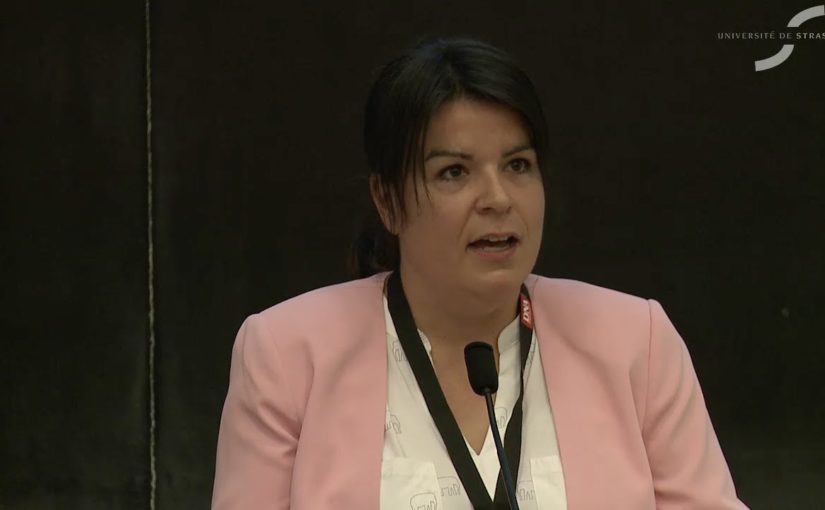

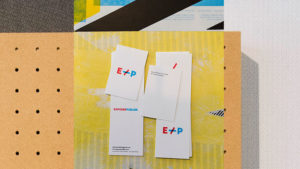
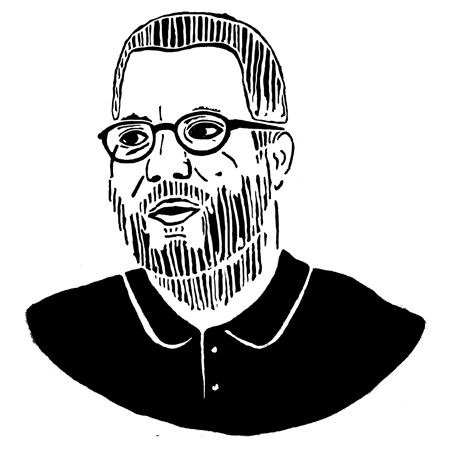
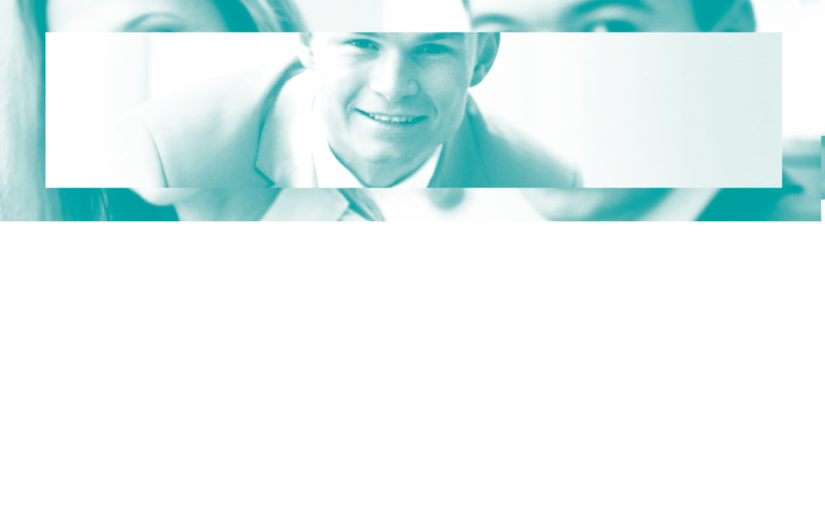

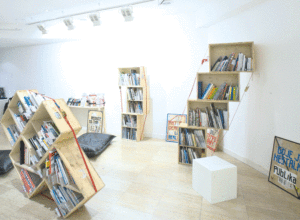
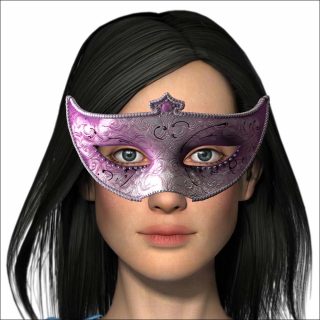
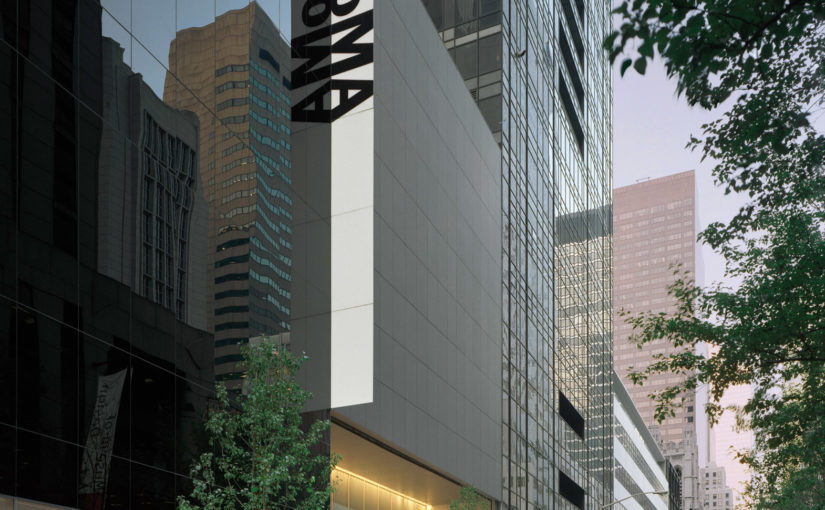
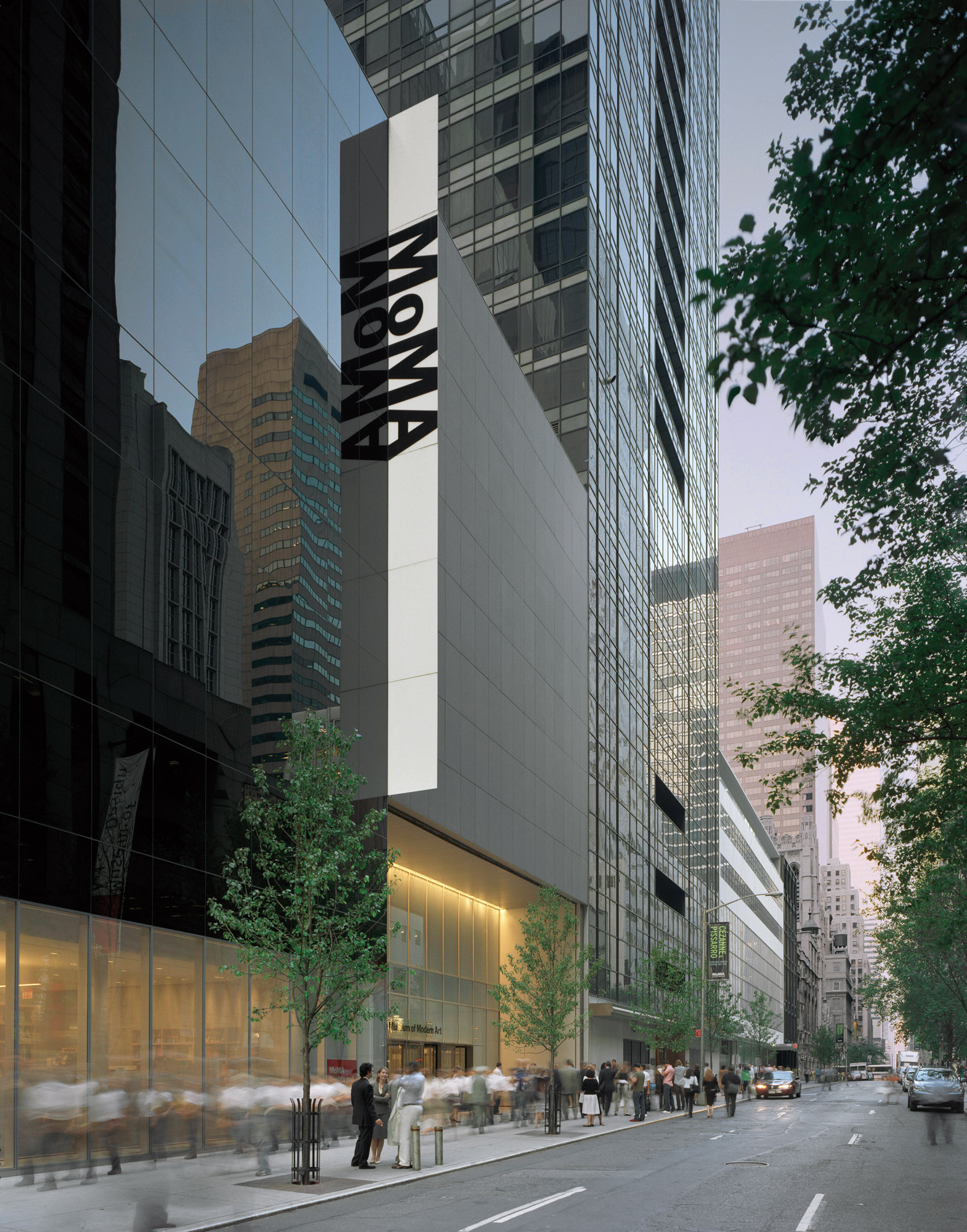 Complete and exhaustive index of the exhibitions at NYC Museum of Modern Art (MoMA) from its fundation in 1929 to the present.
Complete and exhaustive index of the exhibitions at NYC Museum of Modern Art (MoMA) from its fundation in 1929 to the present.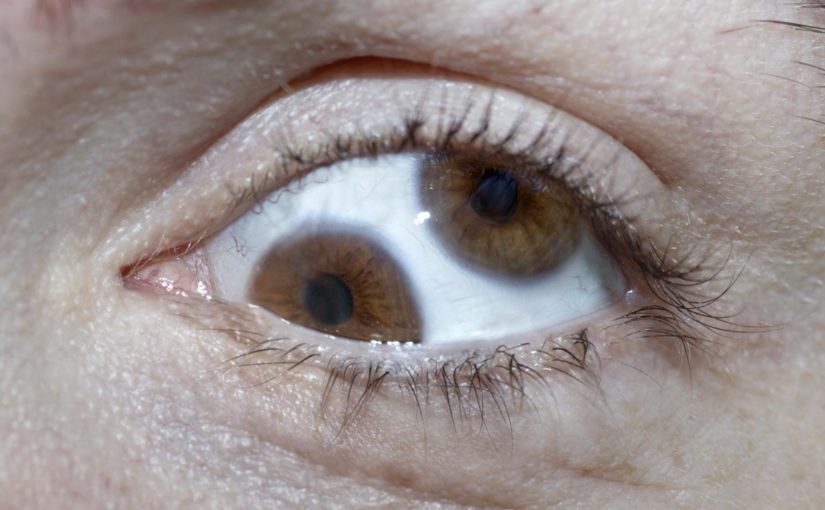
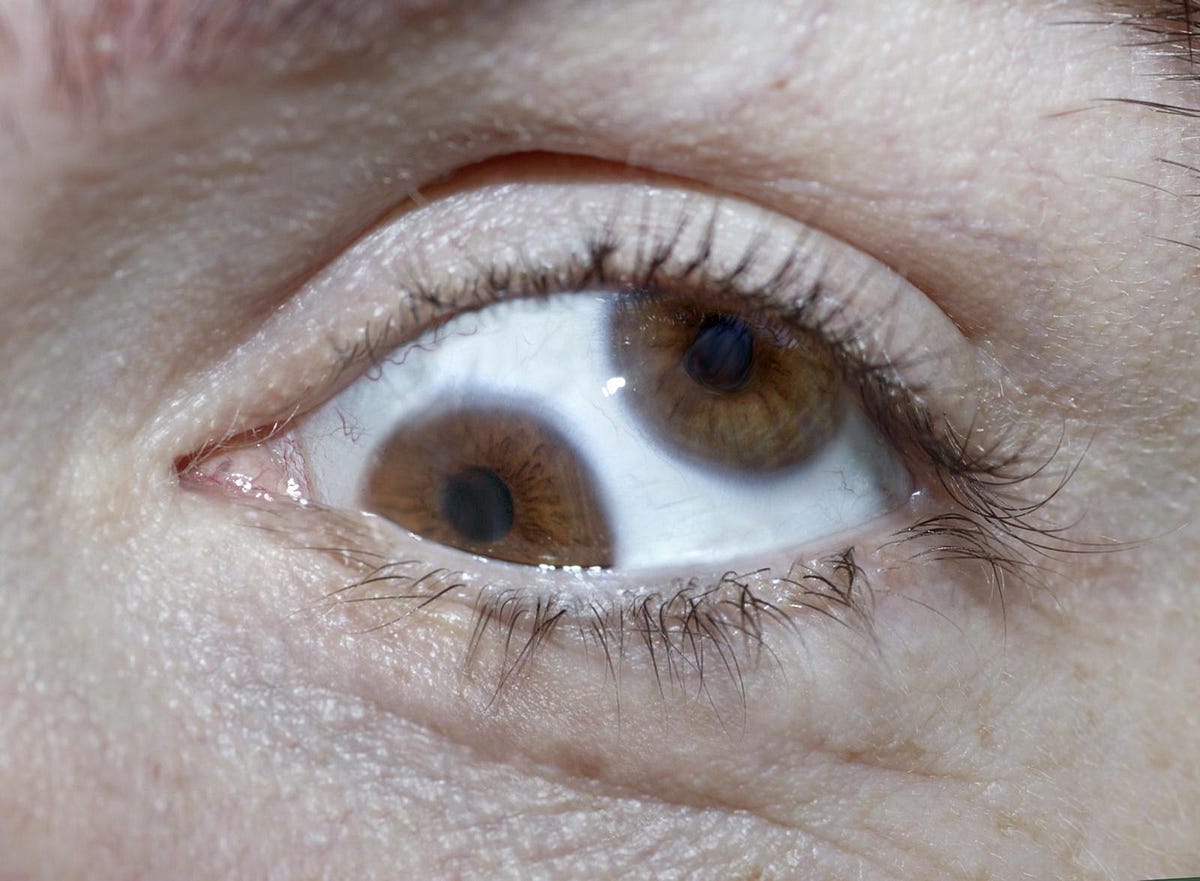
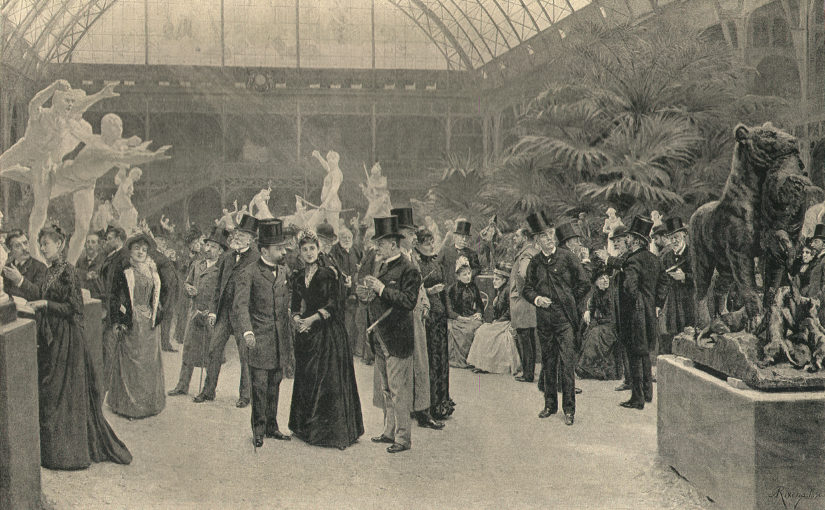



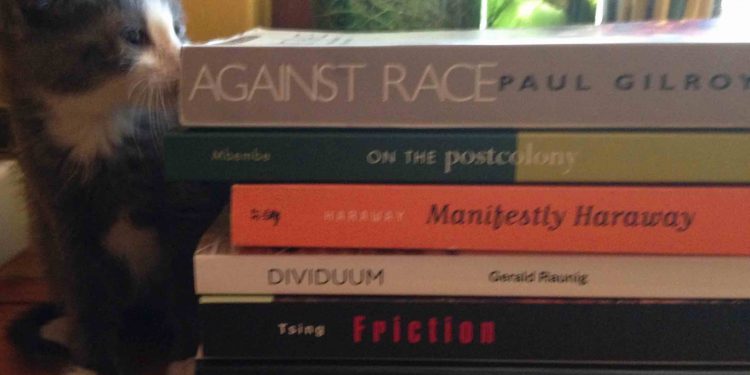
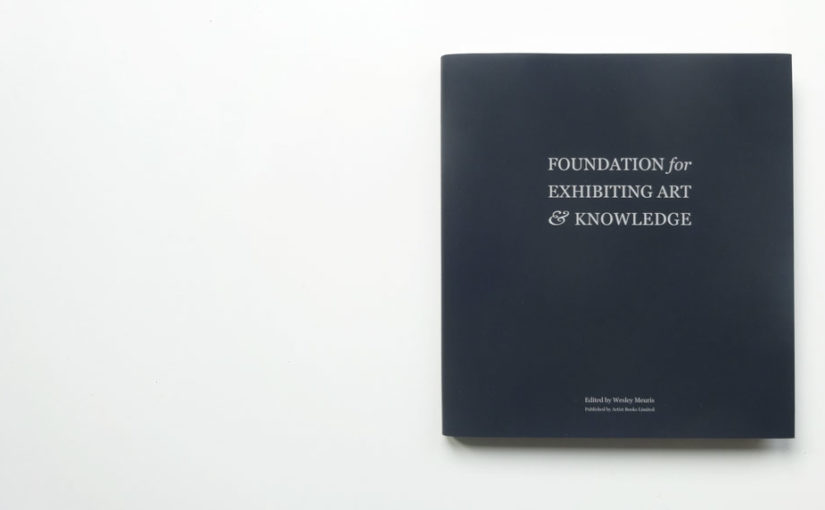

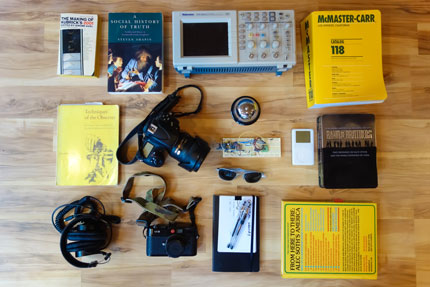

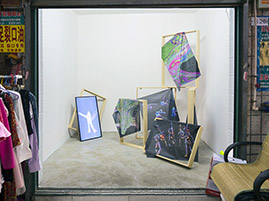
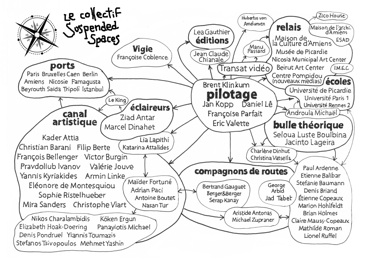
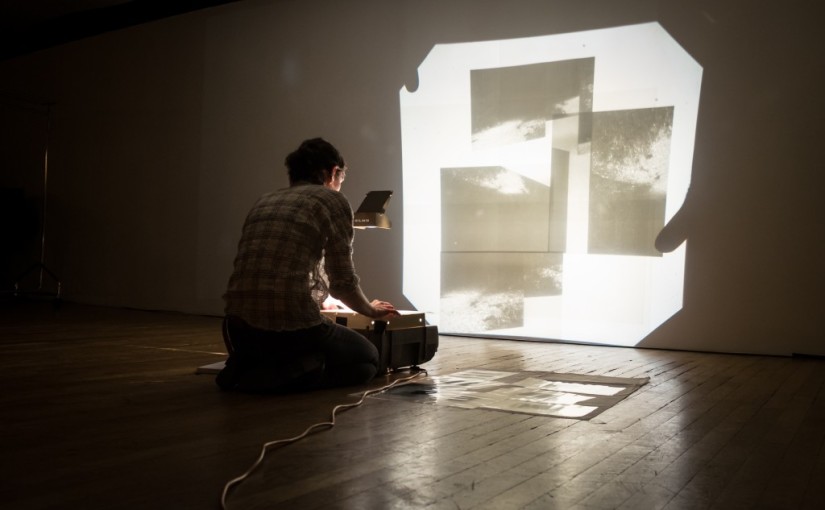
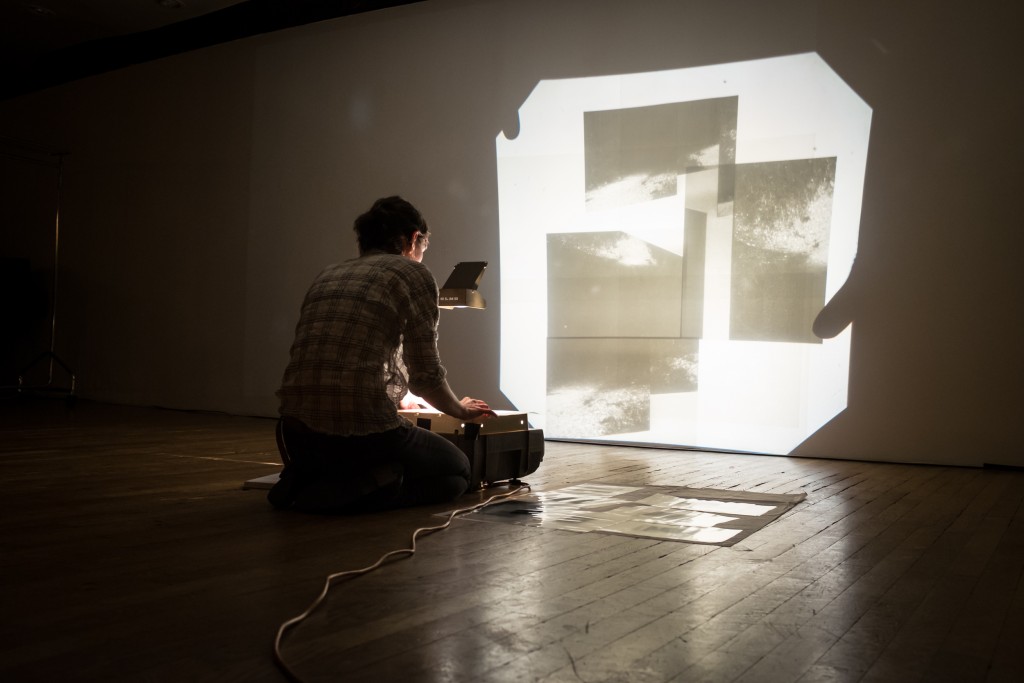
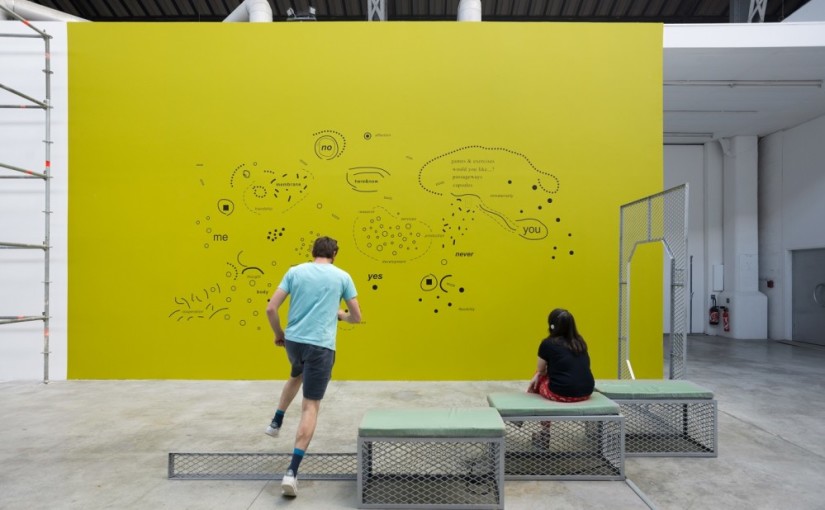
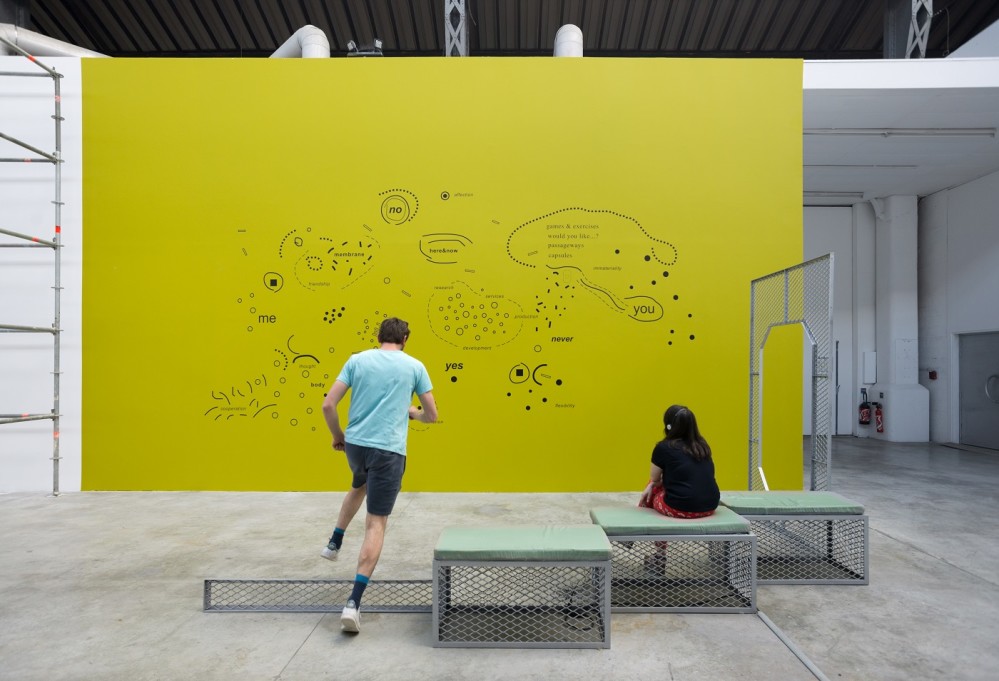 L’École du MAGASIN, fondée en 1987, constitue le pôle de formation du MAGASIN – Centre National d’Art Contemporain. Premier programme de formation aux pratiques curatoriales en Europe, elle est conçue pour procurer un environnement professionnel associant rigoureusement recherche et pratique. Durant neuf mois, les participants sont immergés dans l’environnement du centre d’art, bénéficiant ainsi d’une approche concrète des pratiques curatoriales et d’un cadre professionnel pour l’organisation de leur projet. En constante réflexion, l’École interroge le devenir des pratiques curatoriales et accompagne les jeunes professionnels de l’art face aux enjeux auxquels ils sont confrontés.
L’École du MAGASIN, fondée en 1987, constitue le pôle de formation du MAGASIN – Centre National d’Art Contemporain. Premier programme de formation aux pratiques curatoriales en Europe, elle est conçue pour procurer un environnement professionnel associant rigoureusement recherche et pratique. Durant neuf mois, les participants sont immergés dans l’environnement du centre d’art, bénéficiant ainsi d’une approche concrète des pratiques curatoriales et d’un cadre professionnel pour l’organisation de leur projet. En constante réflexion, l’École interroge le devenir des pratiques curatoriales et accompagne les jeunes professionnels de l’art face aux enjeux auxquels ils sont confrontés.
